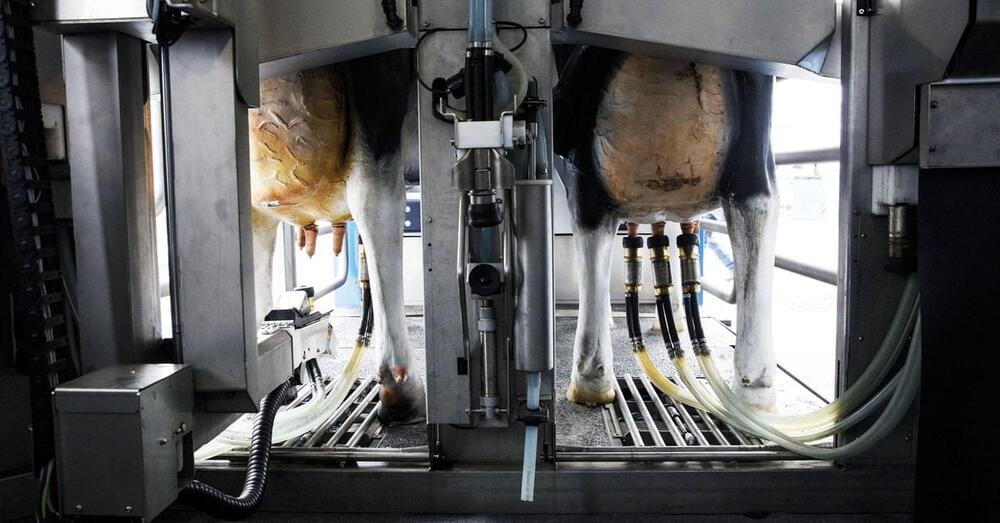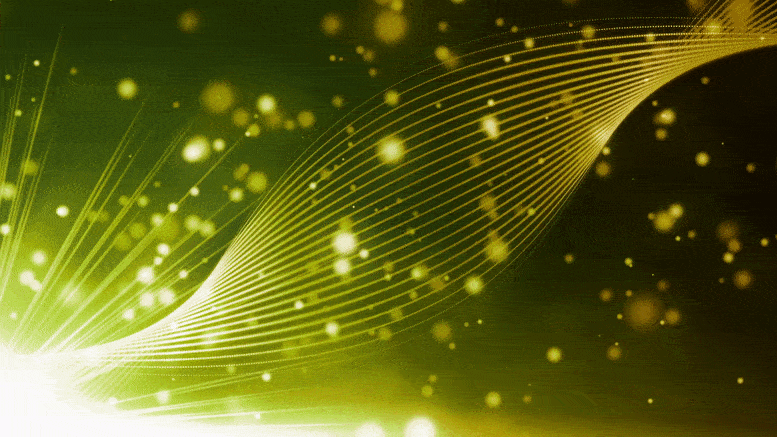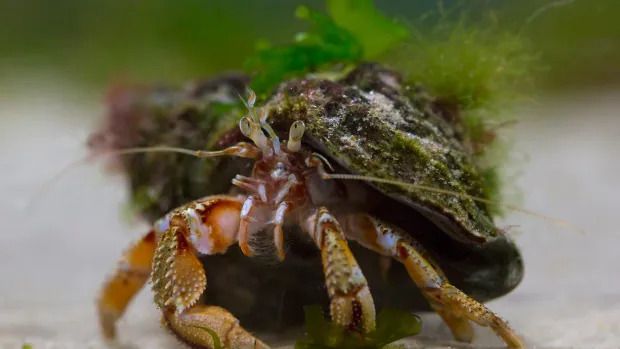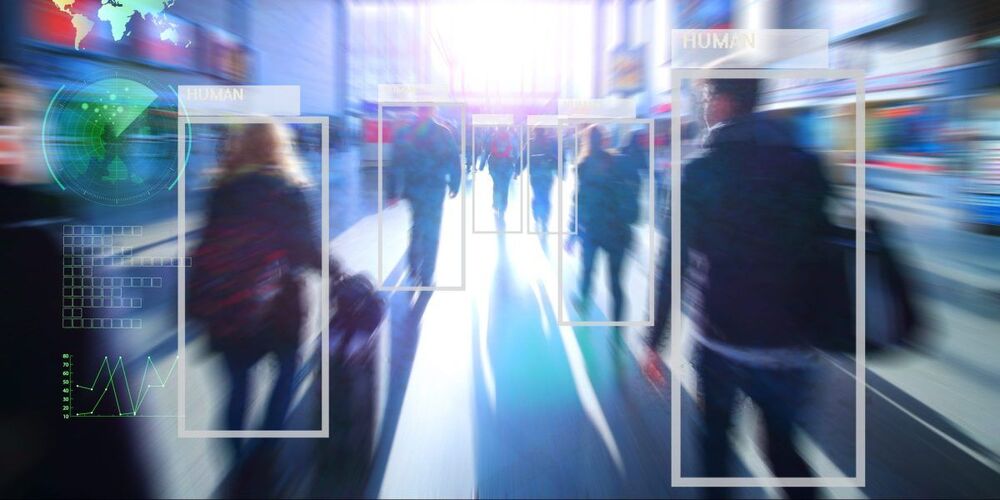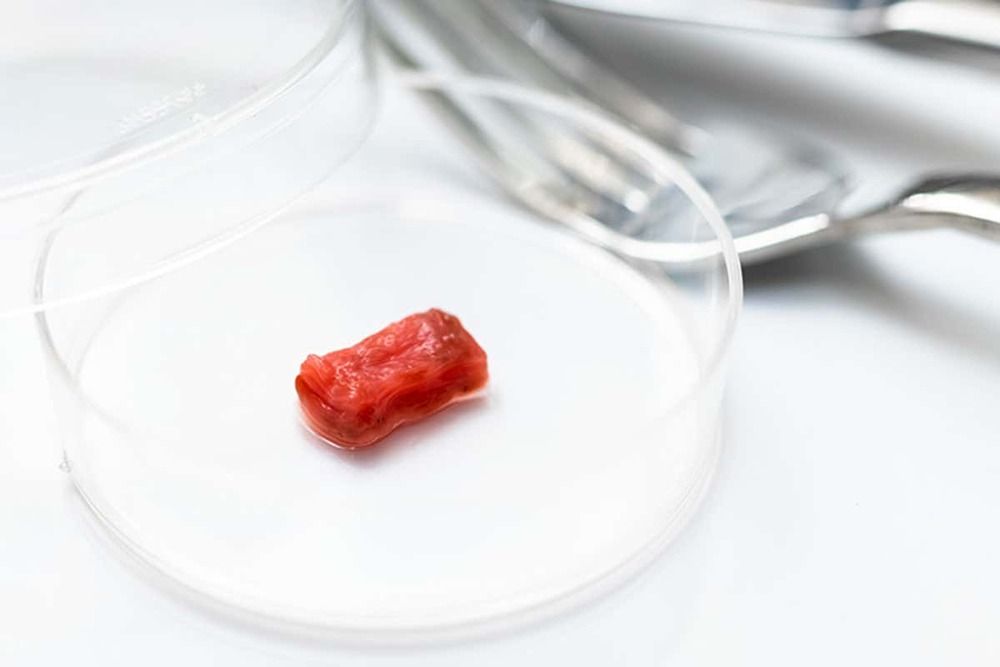Aug 19, 2021
EPA Will Ban A Farming Pesticide Linked To Health Problems In Children
Posted by Jason Blain in categories: food, health, law
A pesticide that’s been linked to neurological damage in children, including reduced IQ, loss of working memory, and attention deficit disorders, has been banned by the Biden administration following a years-long legal battle.
Agency officials issued a final ruling on Wednesday saying chlorpyrifos can no longer be used on the food that makes its way onto American dinner plates. The move overturns a Trump-era decision.


